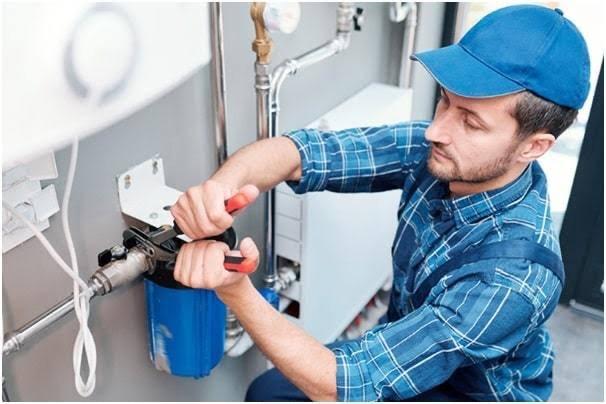Building a new home or an extension requires so many designs and elements that it’s easy to skip the plumbing aspect. Though plumbing is crucial to the design of your new home or extension, it’s often easy to overlook, resulting in added expenses in the future.
Before embarking on a new building project, it’s best to speak to your plumber and have a plan that suits the plumbing layout of your new home. This can save you a lot of time and money in the long run. This article will explain some factors to consider during plumbing installation for new home extensions. Continue reading to learn more:

Plumbing installation tips for new home extensions
- Secure permits
Obtaining and securing the right plumbing permit should be your first step. The process may be time-consuming but the permits ensure your home meets all code guidelines and safety requirements. It also allows professionals to inspect and check for any mistakes in the plumbing design.
- Enumerate your plumbing needs
Before you begin your plumbing project, it’s best to consider your present and future plumbing needs. This means deciding where you need the drain lines and sewer to be. This helps you make adjustments and corrections while you can still access your plumbing system to avoid spending money on repairs in the future.
- Centralize the plumbing system
Installing all your plumbing systems in one place makes it easier for repairs and maintenance in the future. Some appliances to be installed together include:
- Water softener
- Water heater
- Sewer connection
- Sewage ejector pit
- Furnace
- Sump pump
These systems can be installed in one place such as the basement where it’s out of sight and properly tucked away.
- Consider water softeners
Installing water softeners in your home would be a perfect decision. Whether you have hard water issues or not, installing a water softener ensures that you’ll be able to solve hard water issues now or later in the future. Installing water softeners in the future can be challenging so the best option is to save yourself from extra payments by installing one while building your home.
- Wet wall sharing
Wet wall sharing can help you save money when building a new home or an extension. A wet wall houses the sewer lines, water supply lines and vent stacks. Most houses usually have different separate wet walls for different rooms like kitchens and bathrooms to house pipes. However, you can save money by sharing a wet wall, and you can achieve this by including it in the plumbing layout before you embark on the plumbing project.
- Have a list of rooms that need water access
Deciding which room requires water access will help streamline your plans when designing your plumbing system’s layout. The major areas you need to consider include the bathrooms, kitchen and laundry area.

Conclusion
Building a new home extension is a lot of work and the plumbing aspect can be even more challenging. You need to work with a home renovation plumber who can develop a new home plumbing system design that’ll meet all your current and future plumbing needs.
At Modern Plumbing Group, we’ve got you covered as we’re experts in providing quality plumbing services. Contact us today to learn more about our services and how we can help you.